Refine listing
Actions for selected content:
2251 results in Cambridge Elements
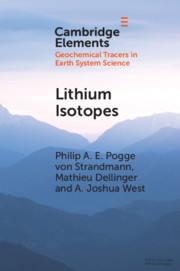
Lithium Isotopes
- A Tracer of Past and Present Silicate Weathering
-
- Published online:
- 17 August 2021
- Print publication:
- 26 August 2021
-
- Element
- Export citation
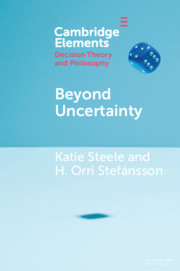
Beyond Uncertainty
- Reasoning with Unknown Possibilities
-
- Published online:
- 14 August 2021
- Print publication:
- 09 September 2021
-
- Element
- Export citation
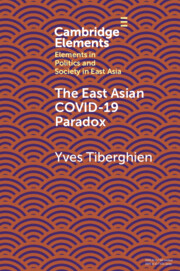
The East Asian Covid-19 Paradox
-
- Published online:
- 12 August 2021
- Print publication:
- 10 March 2022
-
- Element
- Export citation
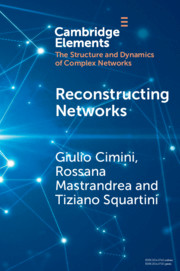
Reconstructing Networks
-
- Published online:
- 10 August 2021
- Print publication:
- 09 September 2021
-
- Element
- Export citation
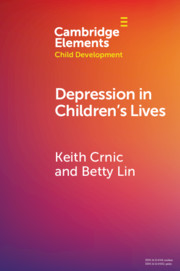
Depression in Children's Lives
-
- Published online:
- 07 August 2021
- Print publication:
- 26 August 2021
-
- Element
- Export citation
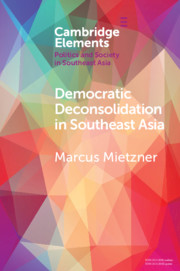
Democratic Deconsolidation in Southeast Asia
-
- Published online:
- 02 August 2021
- Print publication:
- 26 August 2021
-
- Element
- Export citation
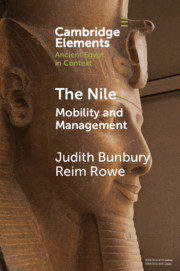
The Nile
- Mobility and Management
-
- Published online:
- 31 July 2021
- Print publication:
- 02 September 2021
-
- Element
- Export citation
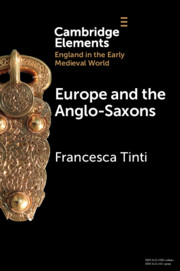
Europe and the Anglo-Saxons
-
- Published online:
- 29 July 2021
- Print publication:
- 26 August 2021
-
- Element
- Export citation
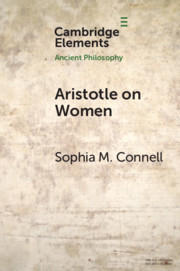
Aristotle on Women
- Physiology, Psychology, and Politics
-
- Published online:
- 29 July 2021
- Print publication:
- 12 August 2021
-
- Element
- Export citation
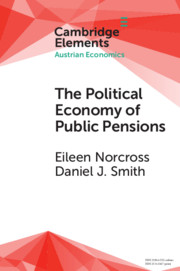
The Political Economy of Public Pensions
-
- Published online:
- 29 July 2021
- Print publication:
- 02 September 2021
-
- Element
- Export citation
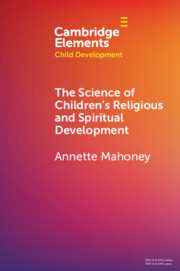
The Science of Children's Religious and Spiritual Development
-
- Published online:
- 24 July 2021
- Print publication:
- 26 August 2021
-
- Element
- Export citation
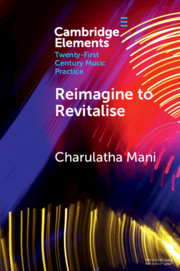
Reimagine to Revitalise
- New Approaches to Performance Practices Across Cultures
-
- Published online:
- 23 July 2021
- Print publication:
- 19 August 2021
-
- Element
- Export citation
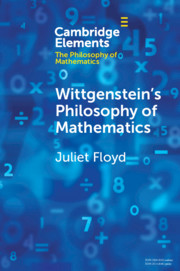
Wittgenstein's Philosophy of Mathematics
-
- Published online:
- 23 July 2021
- Print publication:
- 12 August 2021
-
- Element
- Export citation
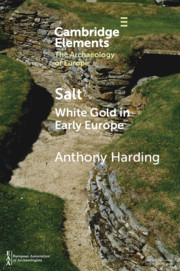
Salt
- White Gold in Early Europe
-
- Published online:
- 16 July 2021
- Print publication:
- 12 August 2021
-
- Element
- Export citation
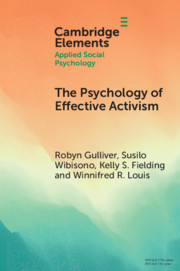
The Psychology of Effective Activism
-
- Published online:
- 15 July 2021
- Print publication:
- 12 August 2021
-
- Element
- Export citation
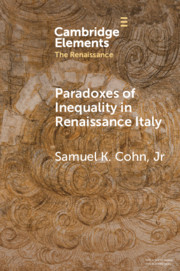
Paradoxes of Inequality in Renaissance Italy
-
- Published online:
- 15 July 2021
- Print publication:
- 05 August 2021
-
- Element
- Export citation
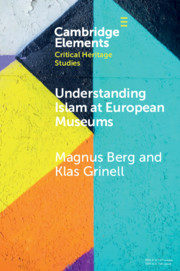
Understanding Islam at European Museums
-
- Published online:
- 12 July 2021
- Print publication:
- 05 August 2021
-
- Element
- Export citation
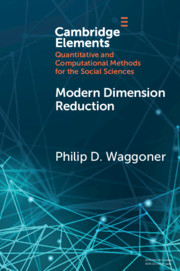
Modern Dimension Reduction
-
- Published online:
- 10 July 2021
- Print publication:
- 05 August 2021
-
- Element
- Export citation
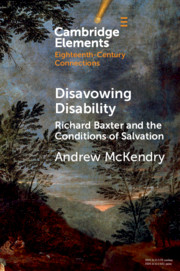
Disavowing Disability
- Richard Baxter and the Conditions of Salvation
-
- Published online:
- 10 July 2021
- Print publication:
- 26 August 2021
-
- Element
-
- You have access
- Open access
- HTML
- Export citation
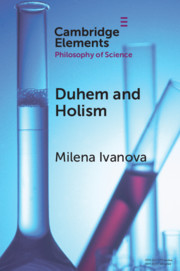
Duhem and Holism
-
- Published online:
- 06 July 2021
- Print publication:
- 29 July 2021
-
- Element
- Export citation
